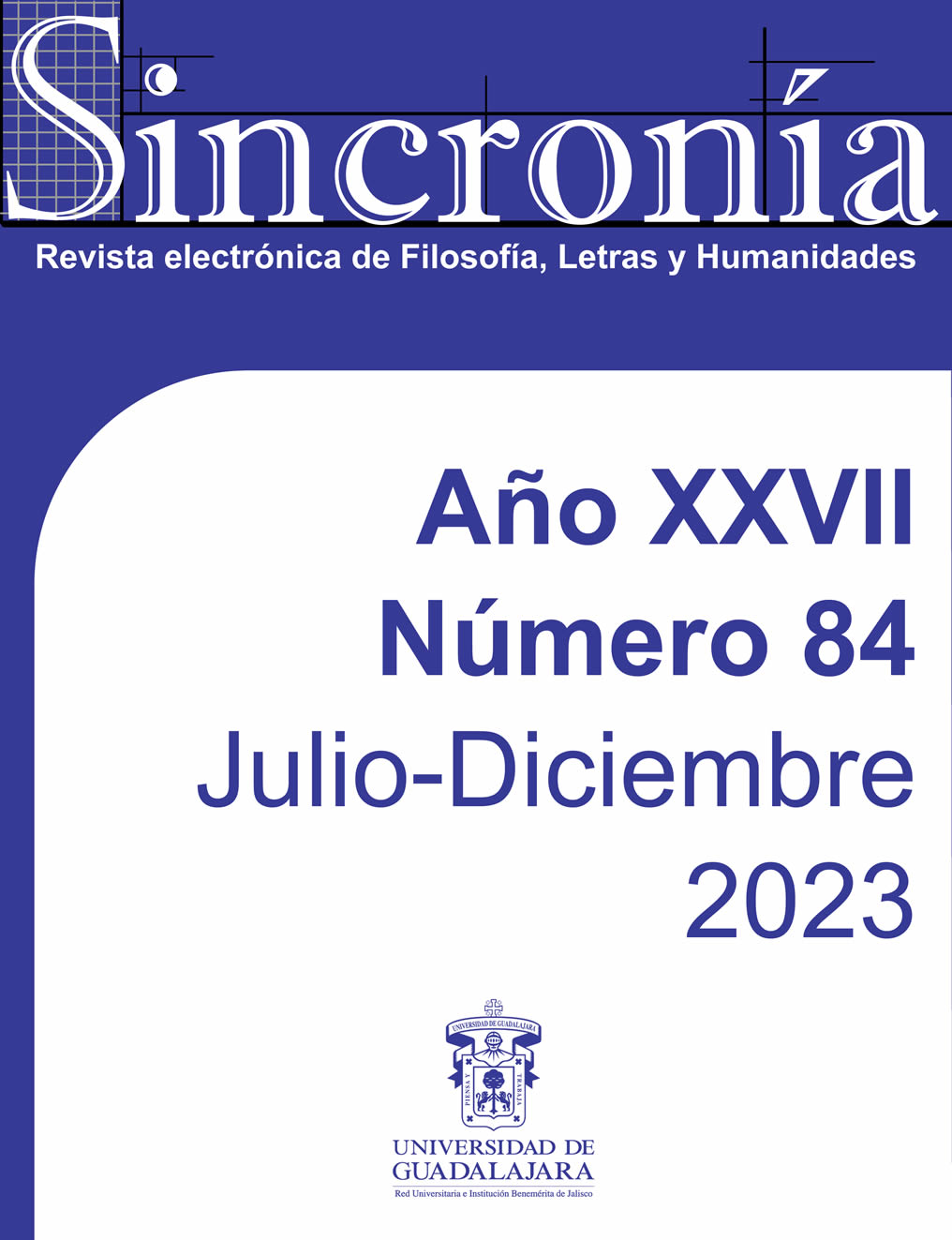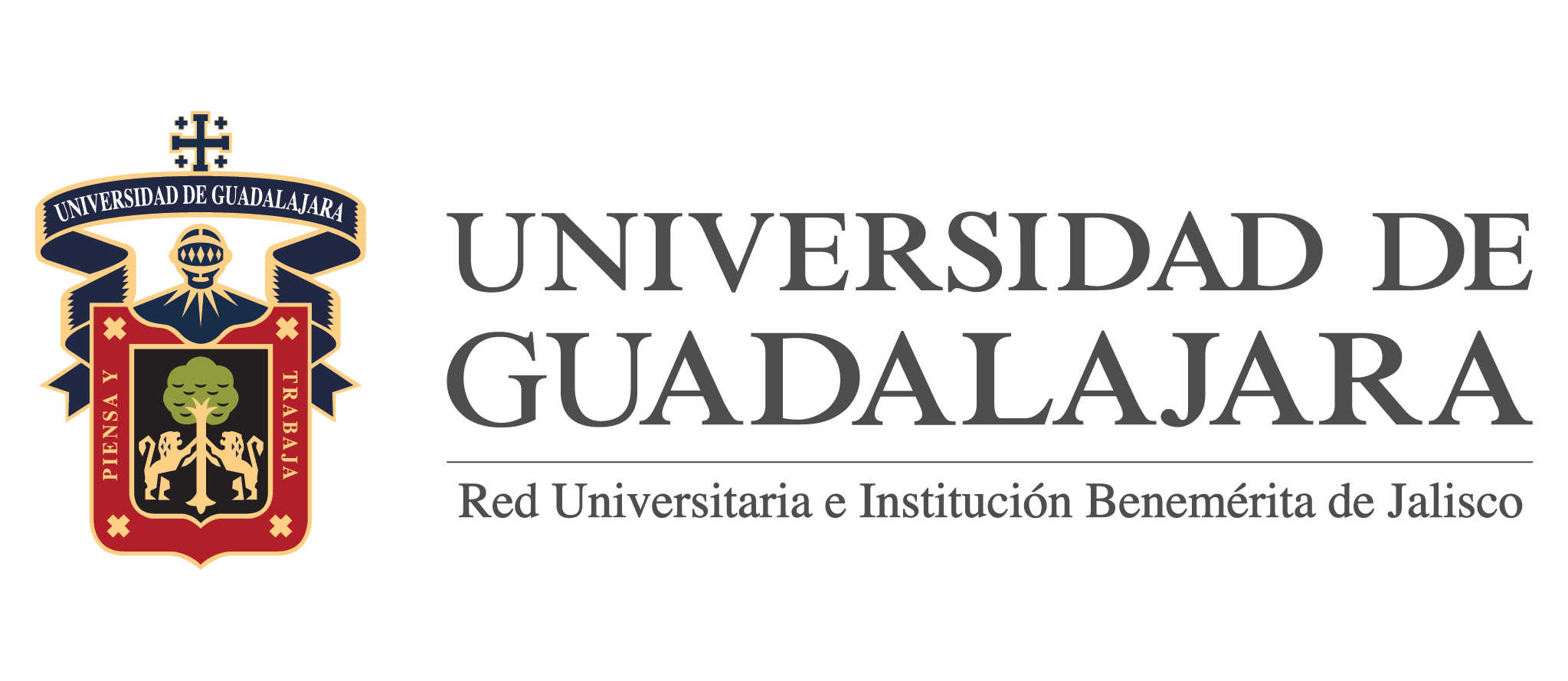Construction mechanisms and semiotic texts configuring the figure of the monster in the story La madre del monstruo by Máximo Gorki.
Keywords:
Monstrous body, Construction mechanisms, Semiotic text, DehumanizationAbstract
The objective of this article is to analyze the story La madre del monstruo by Máximo Gorky, to determine which are the process, action, grammatical and rhetorical mechanisms through which the monstrous body is constructed and perceived: concealment, noise, movement, devouring, animalization, reification, derivation, hyperbole, and comparison, which exert, in the story, a process of dehumanizing a child to turn him into a monster. The semiotic texts (Cross, 1986) that configure the system of oppositions through which the monstrous figure is conceived and configured are also detected. Elements of semiotic, literary and grammatical analysis will be applied to identify and explain the mechanisms used to build the monstrous body, as well as the semiotic texts that support them. It will be demonstrated how, in the story, a human being progressively dehumanizes to become a monster through the aforementioned mechanisms. The bibliography that studies the subject of the construction of the monstrous body in Gorki (1977) is scarce, which demonstrates the need to study it to generate new knowledge.
Downloads
Published
How to Cite
Issue
Section
License
Copyright (c) 2023 Carmina Alejandra García Serrano

This work is licensed under a Creative Commons Attribution-NonCommercial 4.0 International License.
You are free to:
- Share — copy and redistribute the material in any medium or format
- Adapt — remix, transform, and build upon the material
- The licensor cannot revoke these freedoms as long as you follow the license terms.
Under the following terms:
- Attribution — You must give appropriate credit , provide a link to the license, and indicate if changes were made . You may do so in any reasonable manner, but not in any way that suggests the licensor endorses you or your use.
- NonCommercial — You may not use the material for commercial purposes .
- No additional restrictions — You may not apply legal terms or technological measures that legally restrict others from doing anything the license permits.



























